Are you considering getting a Bolognese breed dog as a pet? If so, you’re in for a treat! Bolognese dogs are small, fluffy, and loyal companions that make excellent pets for families and individuals alike. Originally from Italy, these dogs are known for their sweet and affectionate personalities, making them great for those who want a furry friend to cuddle up with on the couch. In this article, we’ll take a closer look at the Bolognese breed, including their history, temperament, and care requirements, to help you decide if this is the right dog for you.
Breed Category: Toy
Country of Origin: Italy
Average Size:25-30 cm
Average Weight:2-4 kg
Average Life Span: 12-14 years
Grooming Requirements: High
Exercise Requirements:Low
History and Origin
The Bolognese is a small breed of dog that originated in the city of Bologna, Italy. The breed is believed to have been developed during the Renaissance period, around the 16th century. The Bolognese was originally bred as a companion dog for the wealthy families of Italy, and was often seen in the company of aristocrats and nobles. The breed was highly valued for its affectionate nature, intelligence, and loyalty.
The exact origins of the Bolognese are not known, but it is believed to be descended from the Bichon Frise, a breed that was popular in France during the same period. The Bolognese was likely developed by crossing the Bichon Frise with other small breeds, such as the Maltese and the Toy Poodle. The breed was named after the city of Bologna, where it was first developed.
During the 17th and 18th centuries, the Bolognese became increasingly popular throughout Europe, and was often given as a gift to royalty and other important figures. The breed was particularly popular in France, where it was known as the “Bichon Bolognais”. The Bolognese was also popular in England, where it was often seen in the company of Queen Victoria.
In the early 20th century, the Bolognese faced a decline in popularity, and the breed nearly became extinct. However, a group of dedicated breeders worked to revive the breed, and by the 1980s, the Bolognese had regained its popularity in Europe. Today, the breed is still relatively rare, but is gaining popularity in the United States and other parts of the world.
The Bolognese is a small, white dog with a fluffy, cotton-like coat. The breed is known for its affectionate and loyal nature, and is often described as a “velcro dog” because of its tendency to stick close to its owner. The Bolognese is also highly intelligent and trainable, and is often used as a therapy dog.
In conclusion, the Bolognese is a small breed of dog that originated in the city of Bologna, Italy during the Renaissance period. The breed was developed as a companion dog for the wealthy families of Italy, and was highly valued for its affectionate nature,

Size and Breed Category
The Bolognese is a small breed of dog that originated in Italy. They are classified as a toy breed, with an average weight of 2.5-4 kg and a height of 25-30 cm at the shoulder. Their body is compact and well-proportioned, with a round head and a short muzzle. The Bolognese has a thick, fluffy coat that is usually white in color, although some dogs may have shades of cream or apricot. They have dark, round eyes and a friendly expression that makes them a popular choice as a companion dog. Despite their small size, the Bolognese is a sturdy and active breed that enjoys regular exercise and playtime.
The Bolognese is a member of the Bichon family, which also includes the Maltese, Havanese, and Bichon Frise. They are known for their affectionate and loyal nature, and are often described as being “velcro dogs” due to their tendency to stick close to their owners. The Bolognese is a low-shedding breed that is suitable for people with allergies, and they are generally easy to train and well-behaved. They are also adaptable to different living situations, and can be happy in apartments or larger homes. Overall, the Bolognese is a charming and delightful breed that makes a wonderful companion for those who appreciate their small size and big personality.
Fur Length and Colour
The fur of this breed is long and fluffy, with a soft and silky texture. The hair is evenly distributed throughout the body, covering the legs, chest, and tail. The fur is typically white, with some variations of cream or ivory. The coat is thick and dense, providing excellent insulation against cold weather. The fur requires regular grooming to prevent matting and tangling. The Bolognese’s fur is one of its most distinctive features, giving it a charming and elegant appearance.
The Bolognese’s fur is hypoallergenic, making it an ideal pet for people with allergies. The fur sheds minimally, reducing the amount of dander and allergens in the environment. The fur is also resistant to water, which helps to keep the dog dry and clean. The colour of the fur is an important characteristic of the breed, with white being the most common. The fur can also have a slight yellow or beige tint, but this is not desirable in show dogs. The Bolognese’s fur is a testament to its beauty and elegance, making it a popular choice for pet owners around the world.
Termperament and Trainability
Bolognese dogs are known for their friendly and affectionate temperament. They are loyal and devoted to their owners, making them great companions. They are also known for being good with children and other pets, making them a great addition to any family. Bolognese dogs are generally calm and gentle, but they can be playful and energetic when they want to be. They are not known for being aggressive or overly protective, but they will bark to alert their owners of any potential danger. Overall, Bolognese dogs are a great choice for anyone looking for a loving and loyal companion.
Bolognese dogs are highly trainable and eager to please their owners. They are intelligent and quick learners, making them easy to train. They respond well to positive reinforcement and are not known for being stubborn or difficult to train. Bolognese dogs are also known for being good at obedience training and agility training. They are not known for being high-energy dogs, but they do enjoy regular exercise and playtime. Overall, Bolognese dogs are a great choice for anyone looking for a trainable and obedient companion.
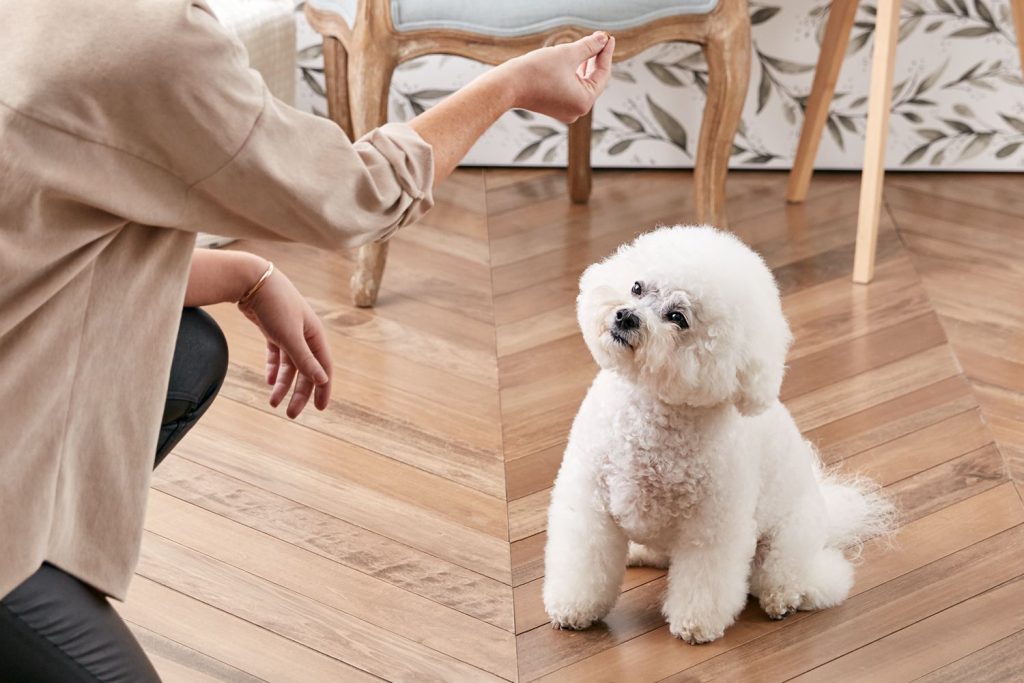
Known Health Conditions
Bolognese dogs are prone to certain health conditions that owners should be aware of. One of the most common issues is patellar luxation, which occurs when the kneecap dislocates from its normal position. This can cause pain, limping, and difficulty walking. Another condition that Bolognese dogs may experience is dental problems, such as tooth decay and gum disease. Regular dental care, including brushing and professional cleanings, can help prevent these issues. Additionally, Bolognese dogs may be at risk for allergies, particularly to food and environmental factors. Symptoms of allergies can include itching, redness, and skin irritation.
Another health concern for Bolognese dogs is eye problems. They may be prone to conditions such as cataracts, which can cause vision impairment or blindness. Other eye issues that Bolognese dogs may experience include dry eye and corneal ulcers. Regular eye exams can help detect and treat these conditions early. Additionally, Bolognese dogs may be at risk for certain neurological disorders, such as epilepsy and syringomyelia. These conditions can cause seizures, pain, and other symptoms. It is important for owners to be aware of these potential health issues and to work closely with their veterinarian to provide the best possible care for their Bolognese.
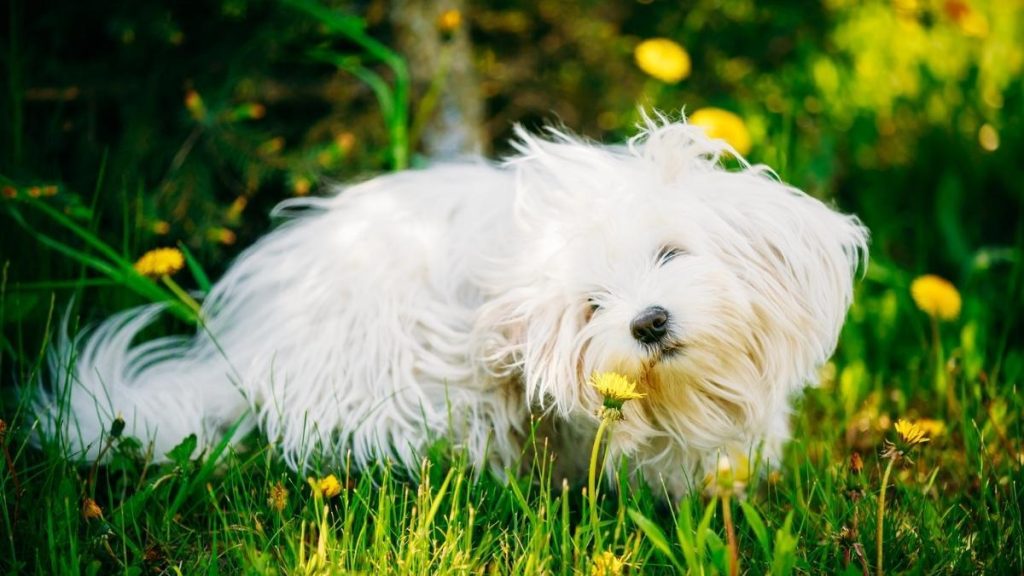
Openness to Strangers
Bolognese dogs have a friendly and welcoming nature towards strangers. They are known to be sociable and enjoy meeting new people. When encountering strangers, Bolognese dogs tend to approach them with a wagging tail and a curious expression. They are not typically aggressive towards strangers and are more likely to greet them with enthusiasm. Bolognese dogs are also known to be good with children and enjoy playing with them. They are a great choice for families who want a dog that is friendly and easy to get along with.
Bolognese dogs are not shy or timid when it comes to meeting new people. They are confident and outgoing, which makes them great companions for those who enjoy socializing. Bolognese dogs are also known to be loyal and affectionate towards their owners. They enjoy spending time with their family and are happiest when they are surrounded by people. Bolognese dogs are not typically aggressive towards other dogs and can get along well with other pets in the household. They are a great choice for those who want a dog that is friendly, sociable, and easy to train.
Playfulness Level
The Bolognese is a small and lively dog that is known for its playful nature. They are always eager to play and have fun, making them a great companion for families with children. Their energy and enthusiasm are infectious, and they love nothing more than spending time with their owners.
Despite their small size, the Bolognese is a highly active breed that requires plenty of exercise and mental stimulation. They love to play games, go for walks, and explore their surroundings. Their playful nature makes them a joy to be around, and they are sure to bring a smile to the face of anyone who spends time with them. Whether you are looking for a loyal companion or a fun-loving playmate, the Bolognese is sure to fit the bill.
Suitability as a Pet for Children
Bolognese dogs have a friendly and affectionate nature, making them a great choice as a pet for children. They are known for their loyalty and love to be around their owners. Bolognese dogs are also intelligent and easy to train, which can be a great benefit for families with children who want to teach their pet new tricks. Additionally, Bolognese dogs are low-shedding, which can be a great advantage for families with allergies. Overall, Bolognese dogs can make a wonderful addition to any family with children.

Exercise Needs
Bolognese dogs require regular exercise to maintain their physical and mental health. As a small breed, they do not need as much exercise as larger breeds, but they still require daily walks and playtime. A minimum of 30 minutes of exercise per day is recommended, but they can handle more if their energy levels allow it. Bolognese dogs enjoy playing fetch, going for walks, and playing with toys. They also enjoy mental stimulation, such as training and puzzle toys, to keep their minds active. It is important to note that Bolognese dogs are sensitive to extreme temperatures, so exercise should be adjusted accordingly in hot or cold weather.
In addition to physical exercise, Bolognese dogs require socialization and mental stimulation. They are a social breed and enjoy spending time with their owners and other dogs. Socialization can be achieved through playdates, dog parks, and obedience classes. Mental stimulation can be provided through training, puzzle toys, and interactive games. Bolognese dogs are intelligent and eager to please, making them easy to train. Positive reinforcement methods are recommended to keep them motivated and engaged. Overall, Bolognese dogs require a balanced approach to exercise, socialization, and mental stimulation to maintain their health and happiness.
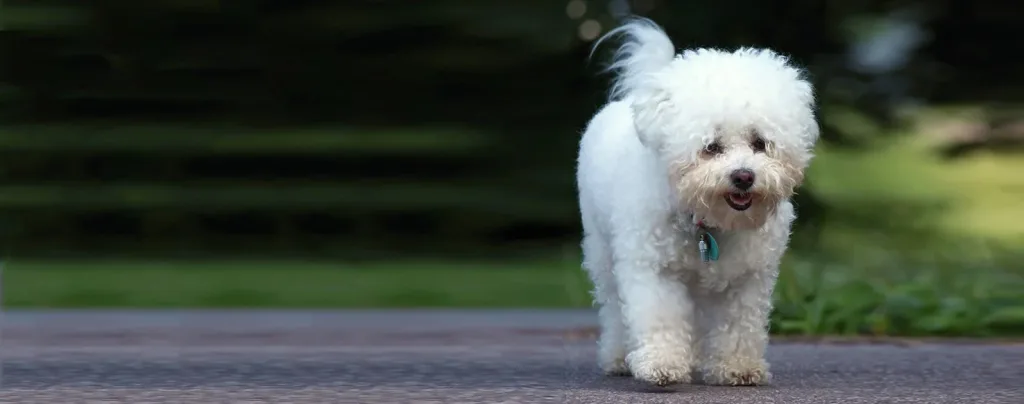
Suitability for a Multi-Pet Family
Bolognese dogs have a reputation for being friendly and sociable with other pets. They are known to get along well with cats and other dogs, as long as they are introduced properly and given time to adjust to each other’s presence. Bolognese dogs are not typically aggressive or territorial, which makes them a good choice for households with multiple pets. However, as with any breed, individual temperament can vary, so it’s important to monitor interactions between pets and intervene if necessary.
Housing Requirements
Bolognese dogs require a comfortable and safe living space that meets their specific needs. They are an active breed that requires regular exercise, so a home with a secure garden or access to nearby parks is ideal. The garden should be fenced to prevent the Bolognese from wandering off and getting lost. Additionally, the garden should be free from any toxic plants or substances that could harm the dog. Inside the home, the Bolognese should have a designated area for sleeping and relaxing. This area should be warm, dry, and comfortable, with a soft bed or blanket for the dog to rest on. It is also important to provide the Bolognese with plenty of toys and mental stimulation to keep them entertained and prevent boredom.
Bolognese dogs have a thick, fluffy coat that requires regular grooming to keep it in good condition. As such, their living space should have a designated grooming area with all the necessary tools and supplies. This area should be well-lit and have a non-slip surface to prevent the dog from slipping and injuring themselves. Bolognese dogs are also prone to dental issues, so their living space should include dental chews and toys to help keep their teeth clean and healthy. Finally, it is important to provide the Bolognese with a healthy and balanced diet, with access to fresh water at all times. Regular vet check-ups are also essential to ensure the dog’s overall health and wellbeing.
Summary
Bolognese make great pets for those who are looking for a loyal and affectionate companion. They are known for their friendly and playful nature, making them a great choice for families with children. Bolognese are also adaptable to different living situations, whether it be in a small apartment or a larger home with a yard. They are generally easy to train and do not require a lot of exercise, making them a good fit for those who may not have a lot of time for daily walks. Overall, Bolognese are a wonderful choice for those looking for a loving and low-maintenance pet.
Bolognese Dog FAQS
Yes, Bolognese dogs are intelligent and easy to train with positive reinforcement.
Yes, Bolognese dogs are friendly and gentle with children.
Yes, Bolognese dogs are hypoallergenic and do not shed much.
Bolognese dogs may bark to alert their owners, but they are not excessive barkers.
Bolognese dogs may be prone to dental issues, eye problems, and allergies. Regular vet check-ups are recommended.
Bolognese dogs need moderate exercise, such as a daily walk for 30 minutes.
Bolognese dogs need daily brushing and grooming every 4 to 6 weeks.
Bolognese dogs grow up to 30 cm in height.
The average weight of a Bolognese is between 2.5 to 4 kg.
The average lifespan of a Bolognese is between 12 to 14 years.
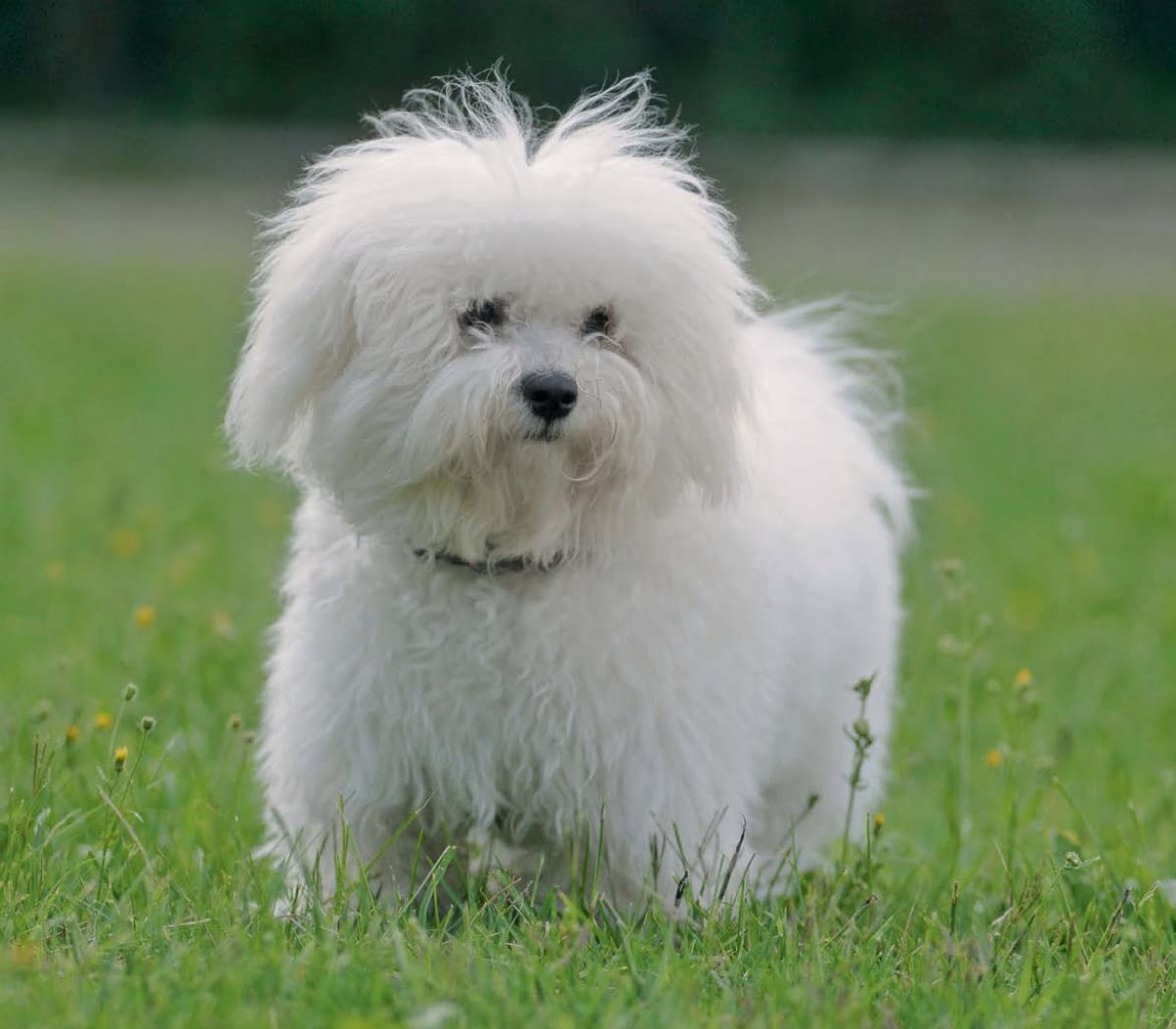
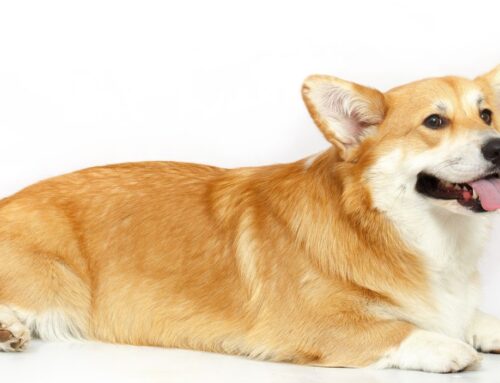

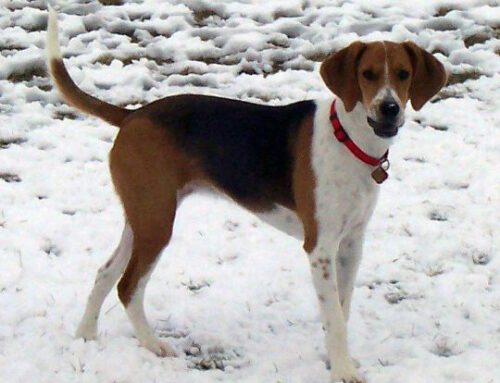
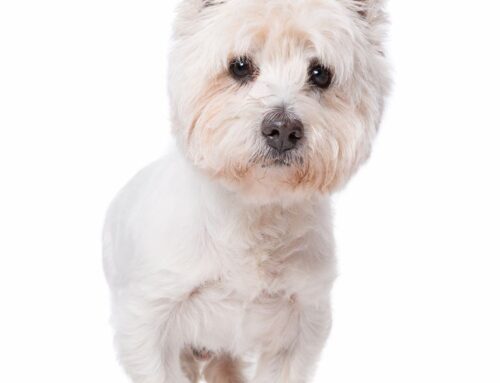

Leave A Comment